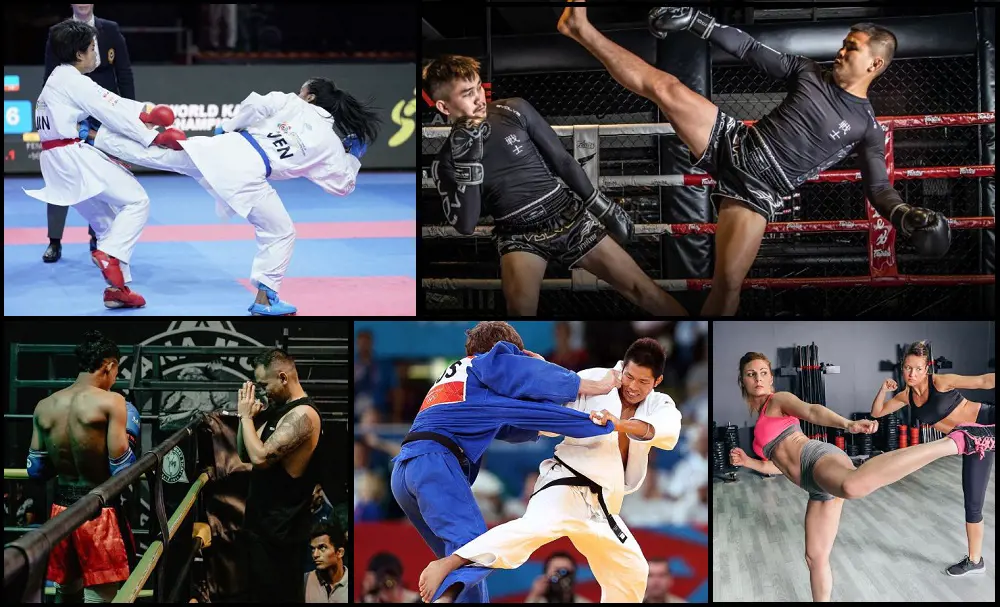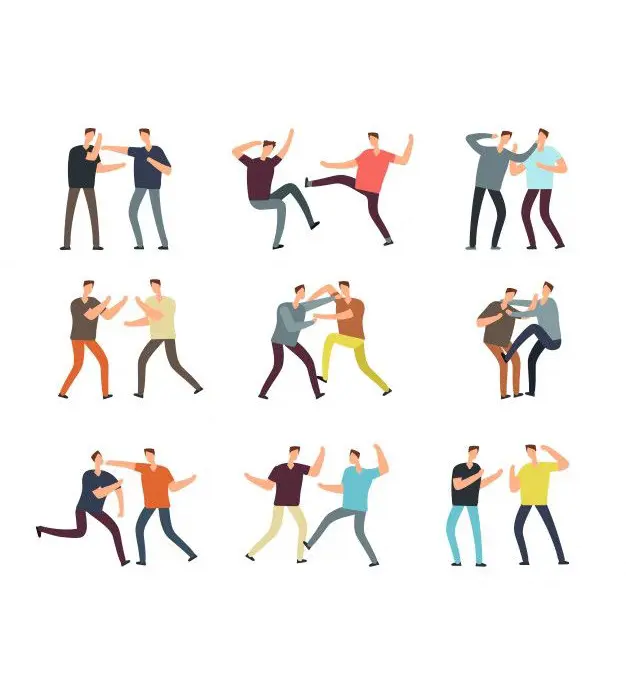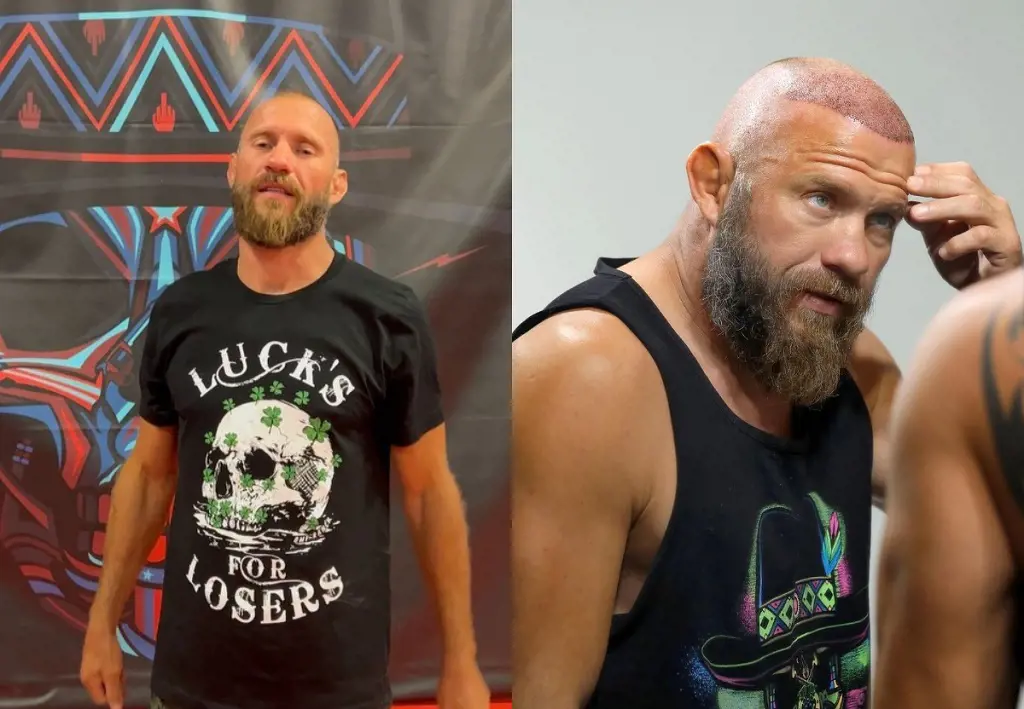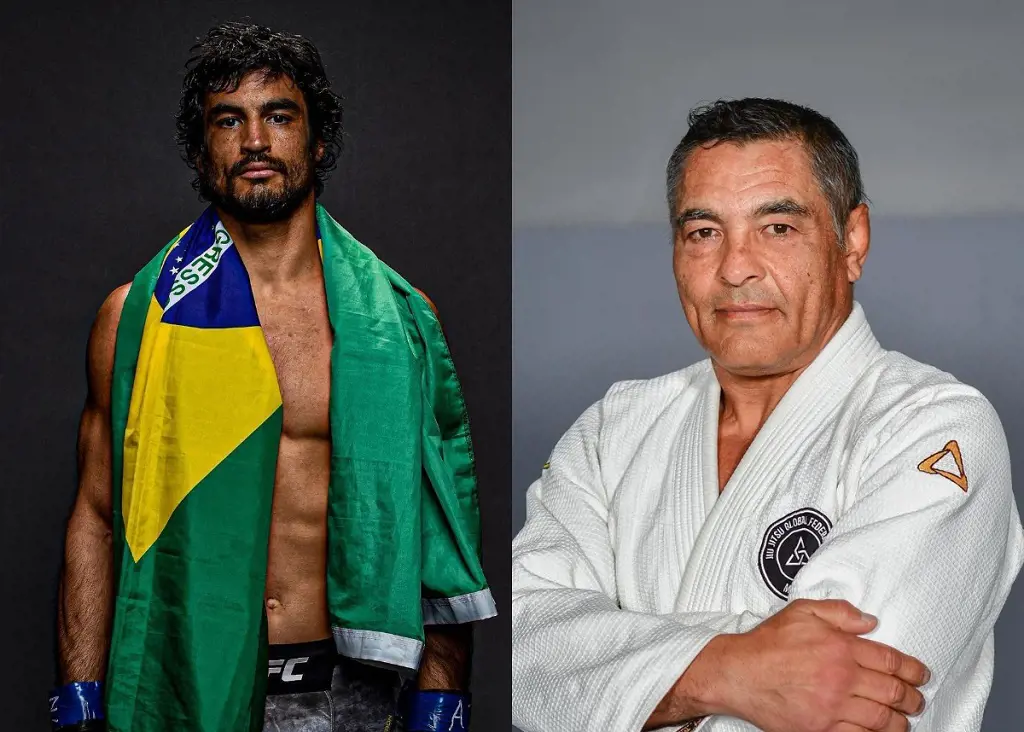Martial arts are skills and techniques people train to defend themselves or fight against others. It's a type of training that includes kicks and punches.
It was first originated in Asia. There are numerous varieties of martial arts, each with its history, techniques, and goals.
Karate, Judo, Taekwondo, Kung Fu, and Aikido are the most popular martial arts in the world. Each has its particular principles and practices that set it apart from the others.
Martial arts training can improve both physical and emotional health. It can help improve fitness, flexibility, coordination, and reflexes. It can also improve focus, concentration, and discipline.
Hence, martial arts is about learning moves, being fit, and acquiring essential life skills.
Here are 30 types of martial arts to watch out for.
1. Muay Thai
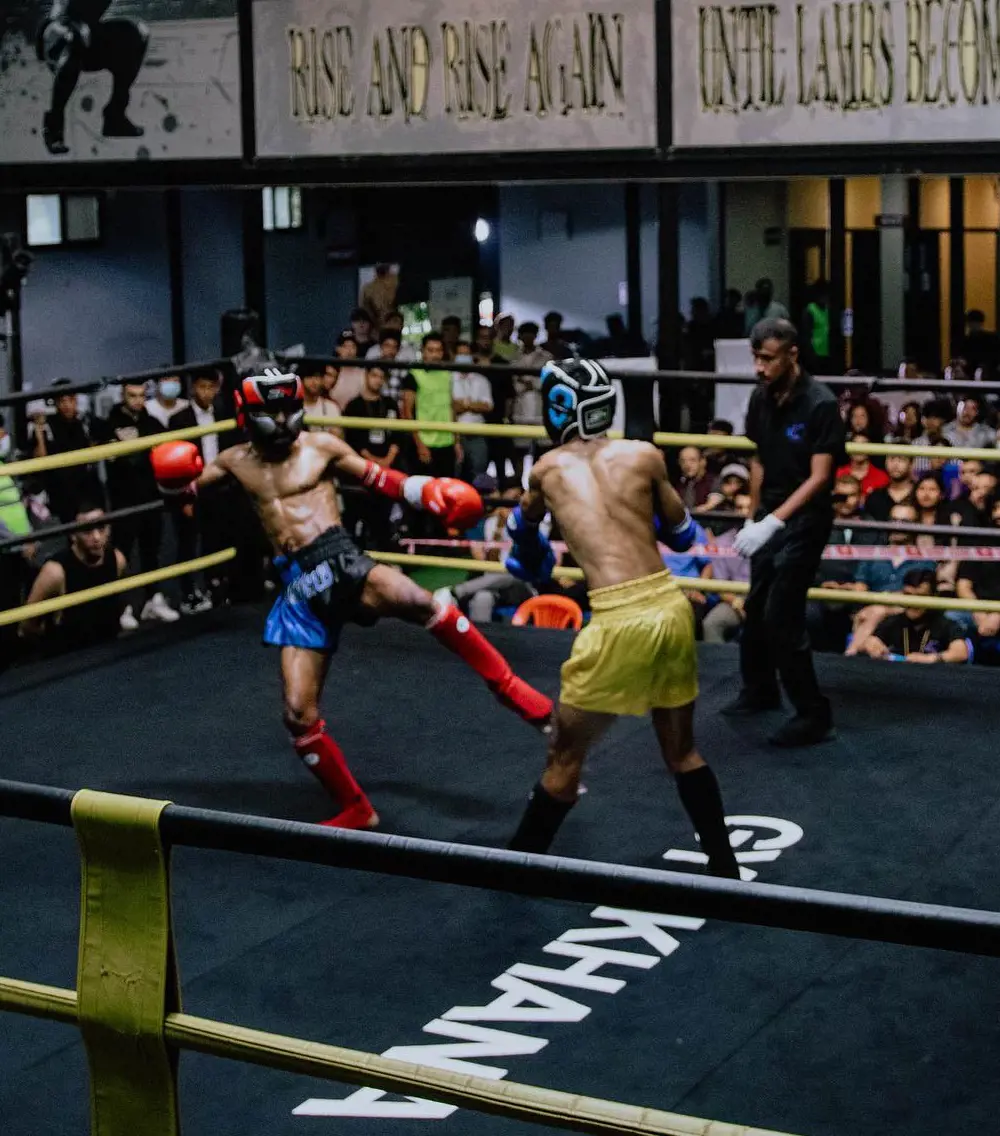
Muay Thai, also known as Thai Boxing, is a combat sport mainly using stand-up and different clinching techniques. This comes on top of the list of martial arts in modern days.
This sport is called the "Art of Eight Limbs" since it involves fists, elbows, knees, and shins.
Muay Thai became popular worldwide in the late 20th to 21st century. It is a full-contact sport that originated in Thailand.
The Lumpinee Stadium title is considered one of the most prestigious in Muay Thai, and Saenchai is among the most famous Muay Thai practitioners.
2. Taekwondo
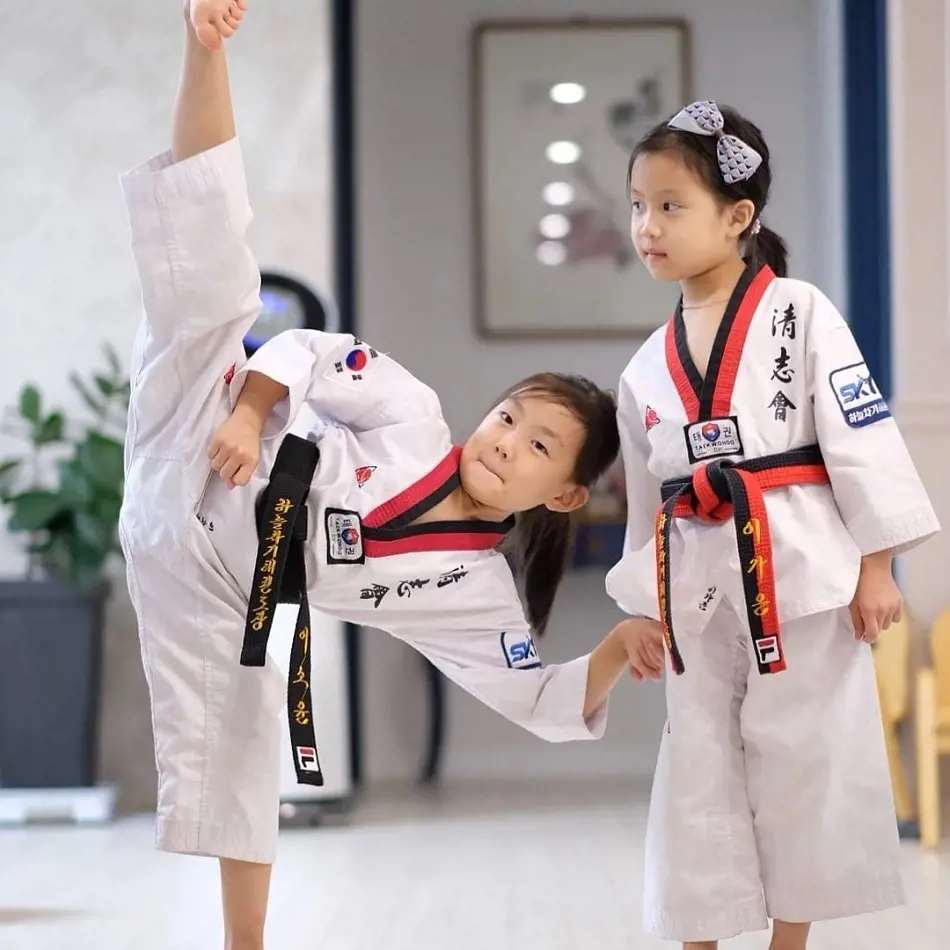
Taekwondo is a popular martial art mostly in Asia. It first originated in Korea over 20 centuries ago and the word Taekwondo translates to Kicking and Punching as it involves kicks and punches.
Occasionally, the use of weapons is also involved in this sport. Dobok is the uniform that is worn by the Taekwondo practitioners along with the headgear and hogu, which is armor.
Taekwondo has been played in the Olympics sport since 2000.
3. Judo
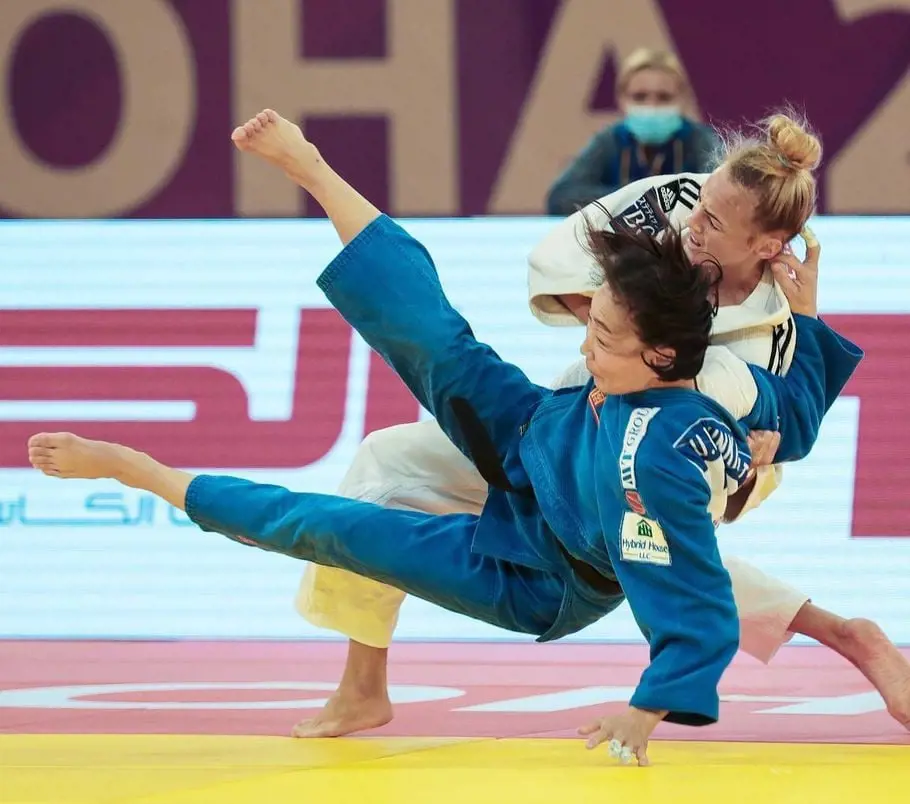
An unarmed modern Japanese martial art, Judo has been an Olympic sport since 1964. It is also a very well-known form of internationally competed wrestling.
Judo demands throwing, pinning, as well as choking techniques to defeat an opposition without causing any harm. Judo actually means "the gentle way" in Japanese, symbolizing its focus on using technique rather than using extreme force.
If you are confused about which martial art to learn, then judo martial arts is probably one of the best options as it is great for self-defense, and physical and mental fitness.
4. Brazilian jiu-jitsu (BJJ)

Brazilian Jiu Jitsu martial arts focus on grappling and submission to gain control of an opposition player. It's generally known as the "gentle art" since it relies on skill and leverage to overcome strength.
It was first developed by five Brazilian brothers Carlos, Oswaldo, Gastão Jr., O’Brien, and Hélio Gracie in 1925.
BJJ focuses on grappling techniques, taking an opponent to the ground and controlling them there. Its practitioners use joint locks and chokeholds to submit their opponents, forcing them to surrender.
Types of Jiu Jitsu are Gracie Jiu-Jitsu, No-Gi Jiu-Jitsu, Gi Jiu-Jitsu, and Brazilian Jiu-Jitsu.
5. Kickboxing
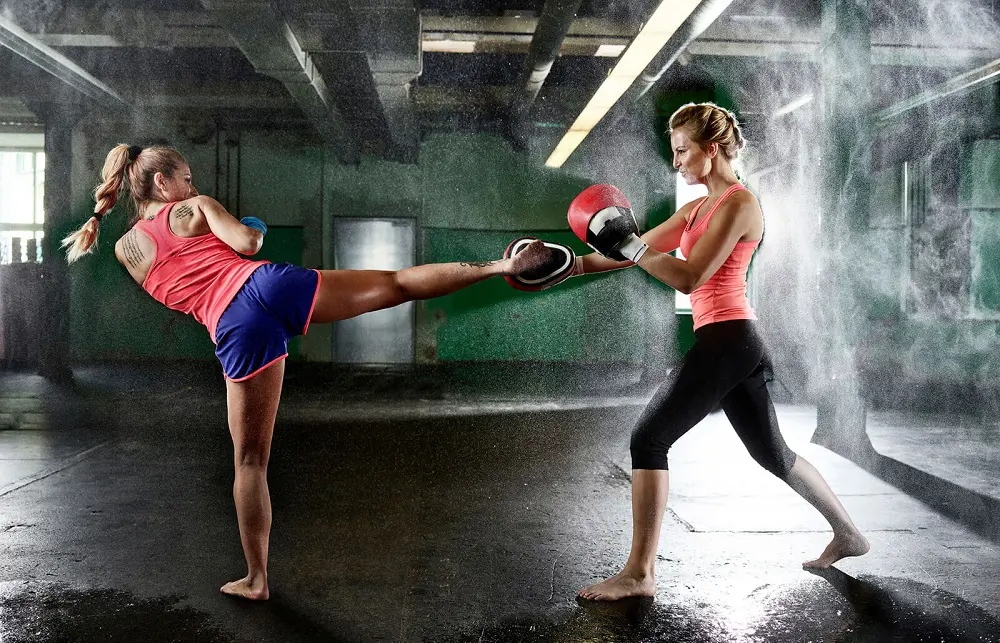
Kickboxing is a well-known martial art that mixes boxing, Karate, and Muay Thai techniques. Kickboxing is an excellent workout that can help you improve your strength, coordination, and cardiovascular endurance.
It is a dynamic and forceful kind of workout that incorporates punching and kicking methods.
Kickboxing teaches you how to punch, kick, block, and move with agility. Because kickboxing workouts are generally high-intensity, you'll also improve your cardio and stamina.
Kickboxing classes are appropriate for people of all fitness levels.
6. Aikido
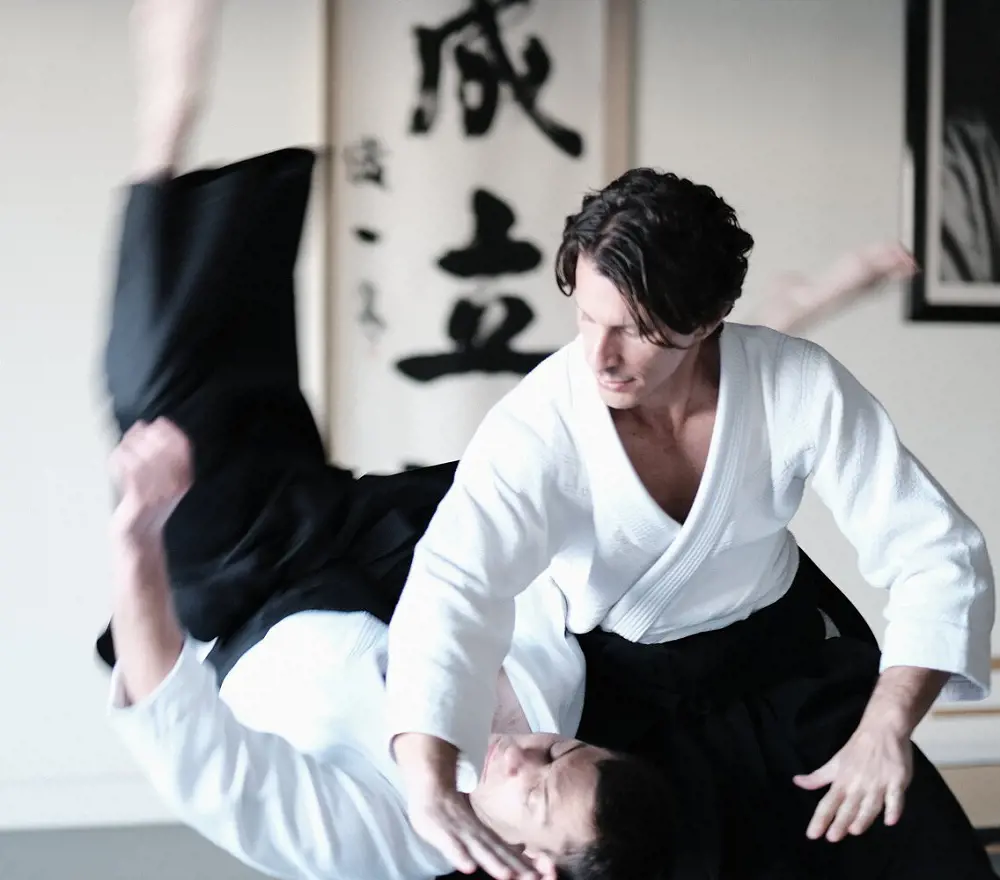
Aikido is also a Japanese Martial Art form, which focuses more on defense without hurting anyone.
Rather than meeting force with force, Aikido focuses on utilizing your opponent's strength against them. It's a martial art that emphasizes harmony, integrating with the attacker's movements, and controlling and redirecting the attacker's attack.
Aikido martial arts is more than just self-defense, as it is also a life philosophy.
It teaches practitioners how to create inner peace and strength, how to be aware of their environment, and how to respond to conflict with understanding and empathy. It is a way of life that encourages harmony with oneself and one's surroundings.
7. Shaolin Kung Fu

Shaolin Kung Fu is one of the oldest martial arts in the world. It first originated in China, and its style is similar to that of Wushu and Kung FU.
This martial art demands dedication, commitment, and a proper work ethic. Without these traits, it is not possible to learn this art.
Hence, it is a self-defense technique, focusing more on nonviolence values and compassion. The learners are instructed to use their abilities to guard themselves as well as others while also trying to reach pleasant solutions if possible.
8. Boxing
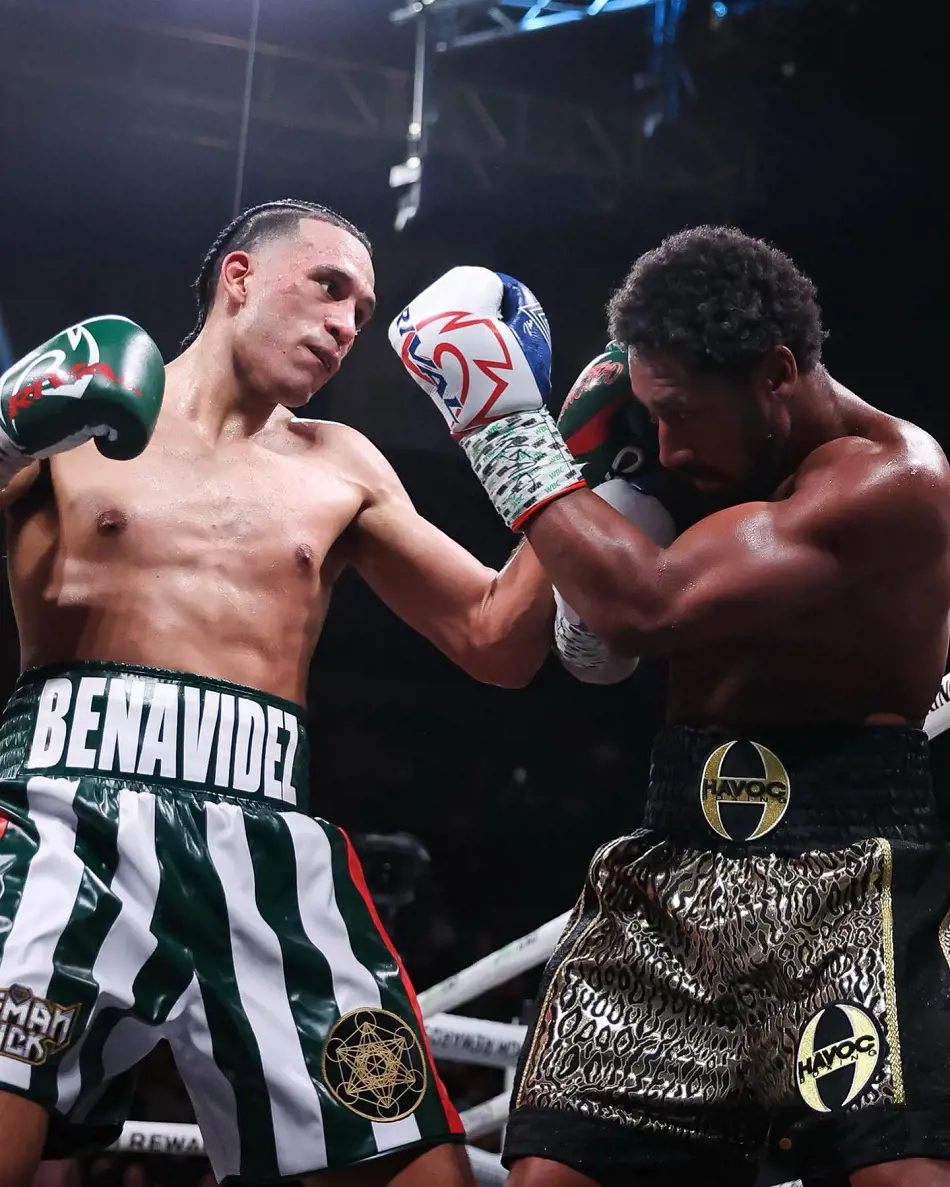
Boxing is a form of combat sports and martial art in which two people throw punches at each other in a boxing ring for a predetermined amount of time.
Wearing protective gloves and other protective equipment such as hand wraps and mouthguards.
Boxing is also a group of striking-focused combat sports where two opponents square off in a battle using at least their fists and possibly other moves such as kicks, elbow strikes, knee strikes, and headbutts, depending on the rules.
It was originated in the United Kingdom.
9. Karate
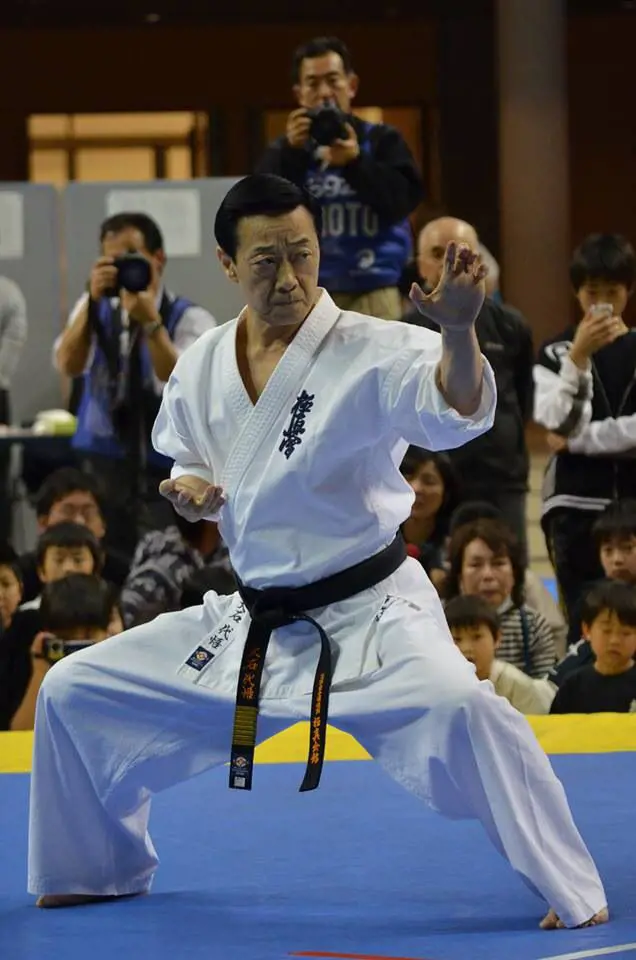
Karate is another martial art that was developed in the Ryukyu Kingdom. It evolved from native Ryukyuan martial arts influenced by Chinese martial arts, distinctly Fujian White Crane.
It is mostly a striking art that employs punching, kicking, knee and elbow blows, and open-hand techniques such as knife-hands, spear-hands, and palm-heel strikes.
Grappling, throws, joint locks, restraints, and vital-point strikes are all taught historically and in some modern systems. A karate practitioner is referred to as a karate-ka.
10. Krav Maga
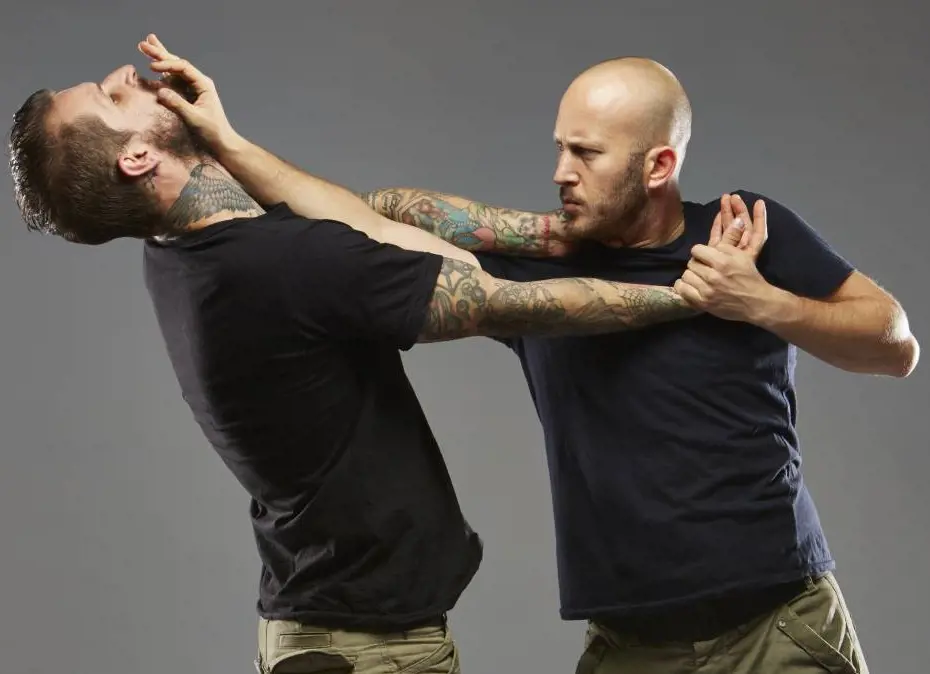
Krav Maga is a martial technique practiced in Israel that was developed specifically for the Israel Defense Forces. It is a synthesis of techniques from aikido, judo, karate, boxing, and wrestling.
It is well-known for its emphasis on real-world problems and its great efficiency.
Imi Lichtenfeld, a Hungarian-born Israeli martial artist who used his boxing and wrestling expertise for defense in the mid-to-late 1930s, developed Krav Maga via his experiences in street fighting.
11. Mixed Martial Arts (MMA)

Mixed martial arts (MMA) is also a pure combat sport that allows for a variety of fighting methods such as punching, kicking, elbow strikes, and knee strikes along with takedowns, throws, and submissions.
It is one of the world's fastest-growing sports, and today it is regarded as one of the most popular combat sports.
MMA fights are normally held in an octagon-shaped cage and are separated into three five-minute rounds. The bout can be won by knockout (KO), technical knockout (KO), or tapout.
MMA fighters have backgrounds in a range of martial arts, including boxing, wrestling, judo, Brazilian jiu-jitsu, Muay Thai, etc. Because there are so many various methods to win, MMA is an extremely diversified and interesting sport.
But for those with weak hearts, this sport is best if ignored.
12. Baguazhang
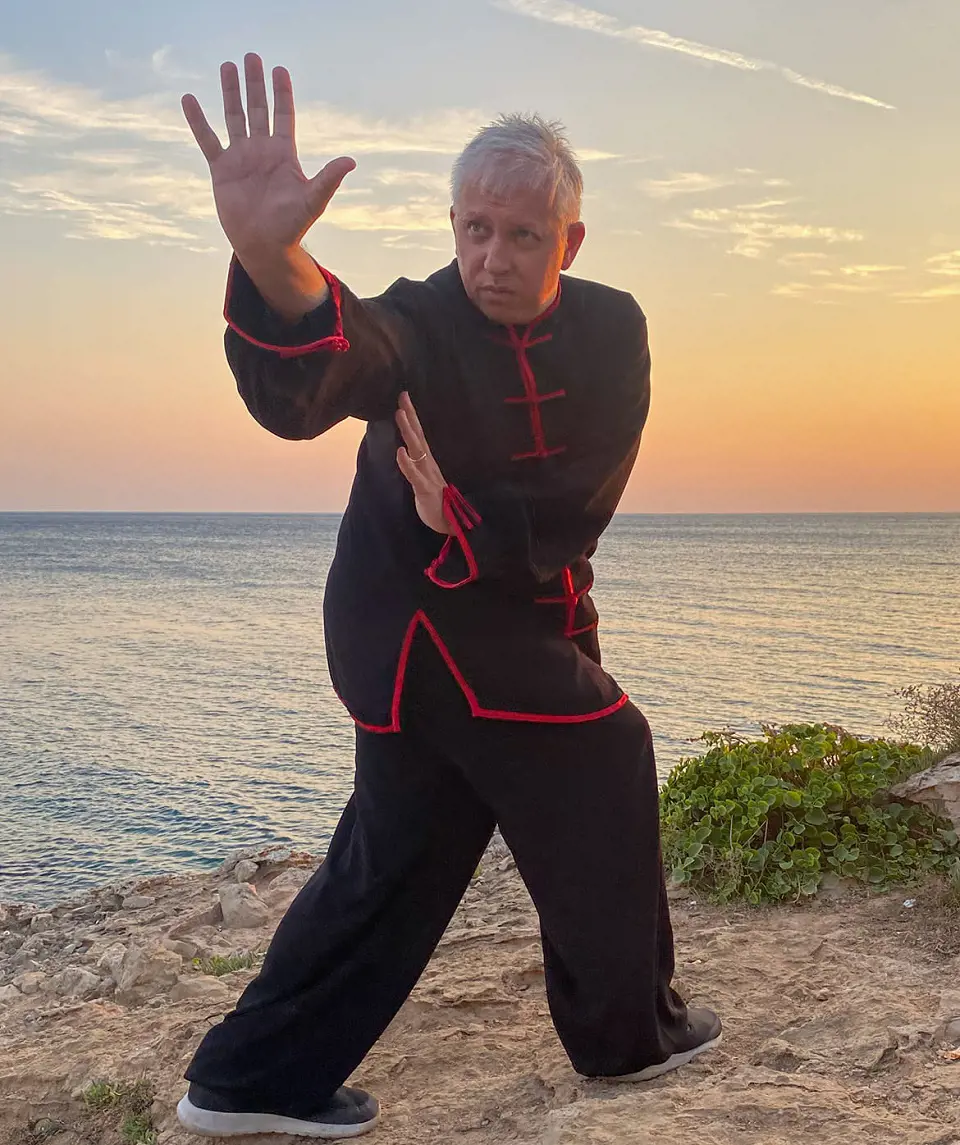
Baguazhang is an ancient Chinese internal martial art that focuses more on circular movements, continuous motion, and energy or "qi" flow.
It is thought to have started in the 17th century and has been used for generations for self-defense, physical fitness, as well as spiritual cultivation.
Baguazhang literally translates as "eight trigram palm," relating to the Bagua "trigrams" of the I Ching, one of Taoism's canons. Its footwork is highlighted by a distinct pattern of walking circles which values balance and agility.
13. Bartitsu
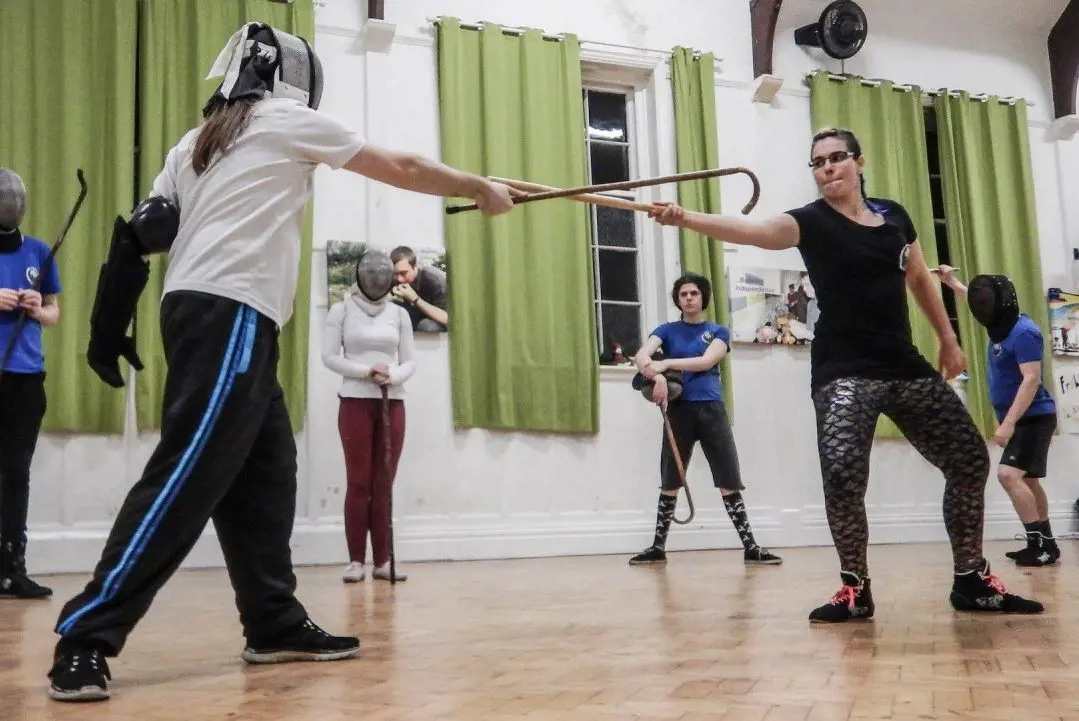
Bartitsu is a mixed martial art and self-defense practice that originated in England between 1898 and 1902.
It incorporates boxing, jujitsu, cane fighting, and French kickboxing techniques. Sir Arthur Conan Doyle, author of the Sherlock Holmes mystery novels, immortalized it in 1903.
Bartitsu remained frozen for the majority of the twentieth century, but it has witnessed a comeback since 2002.
14. Dambe

Dambe is a Nigerian martial art used by the Hausa people. In a typical match, competitors try to defeat each other into total submission within three rounds. It frequently leads to serious bodily harm.
The Hausa word for boxers is "daaemaanga."
The tradition is dominated by Hausa fishermen and butcher caste groups and originated throughout the twentieth century from clans of these professions visiting farm villages around harvest time, including an outsider fighting challenge into native harvest festival entertainment.
It was also traditionally used to prepare men for war, and many of the practices and terms used for fighting.
15. Tang Soo Do

Tang Soo Do is one of the karate-based Korean martial arts styles that may incorporate fighting methods from taekkyeon, subak, and northern Chinese martial arts.
It has been used by various Kwans to denote the traditional Korean fusion of martial arts disciplines since its inception in 1944. When the Korean Nine Kwans merged in the mid-1950s, Tang Soo Do became the foundation for the martial art of Taekwondo.
In the modern era, many Korean martial arts organizations have continued to use Tang Soo Do to maintain components of Korean martial arts that emerged from the Karate foundations of the original 9 kwans and were lost in the shift to Taekwondo.
Tang Soo Do techniques incorporate aspects of Shtkan, Subak, Taekkyon, as well as Kung Fu.
16. Sumo
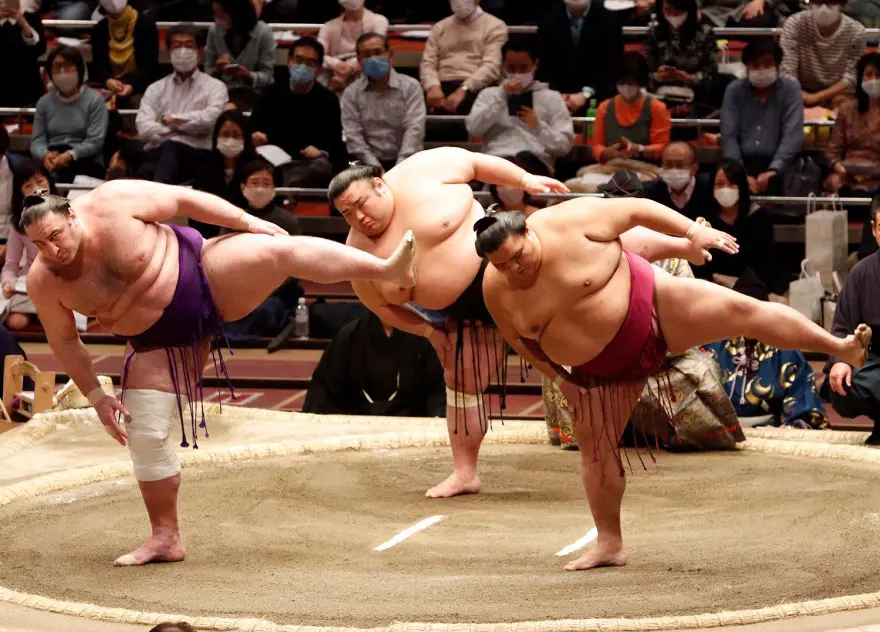
Sumo is a type of competitive full-contact wrestling in which a Rikishi (sumo wrestler) seeks to force his opponent out of a circular ring or onto the ground using any body part other than his feet's soles by throwing, shoving, or pushing him down.
Sumo started in Japan, the only country where it is professionally practiced and regarded as a national sport.
It is classified as a Gendai budo, which refers to modern Japanese martial arts, however, the sport has a long history.
Sumo has kept many historical traditions, and the sport still incorporates many ritual components from Shinto, such as the practice of salt cleansing for purity.
17. Pankration

Pankration was an unarmed fighting sport that was first included in the Greek Olympic Games in 648 BC.
The competitors used boxing and wrestling tactics, as well as kicks, grips, joint locks, and ground chokes, similar to modern mixed martial arts.
Fighters could employ nearly any technique to beat and defeat their opponent. Biting and gouging the eyes were the only things that were not allowed.
Pankration matches were typically won through tap outs, which meant that the loser would either tap out or be unable to continue fighting.
Moreover, there have been instances where a match was won by knockout after the loser was unconscious.
18. Fencing
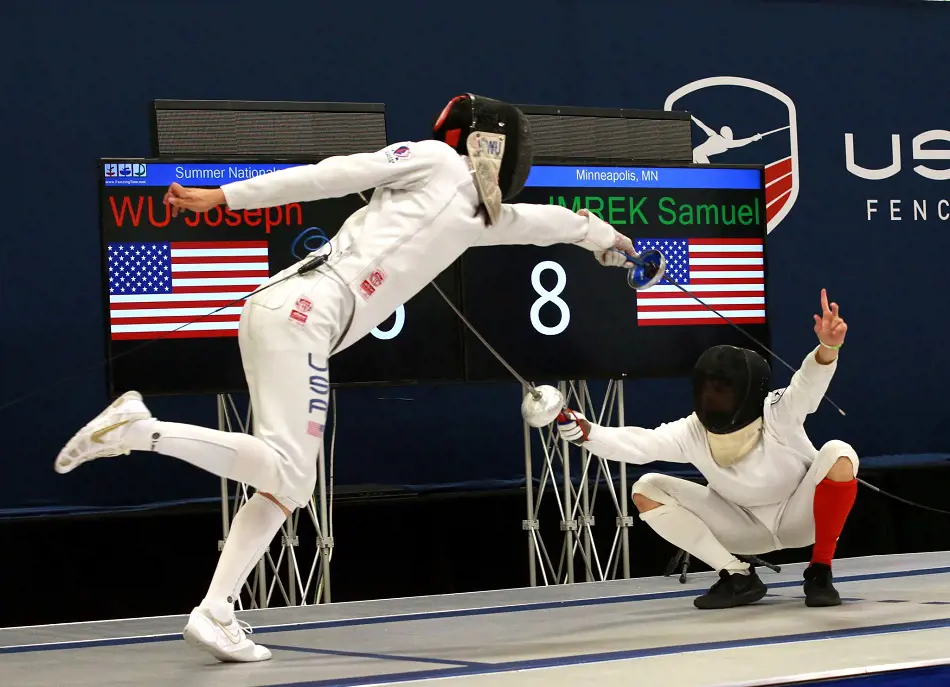
Fencing is a sword-fighting combat sport in which the goal is to strike the opponent while staying safe. It is one of the world's oldest sports, with evidence of practice dating back to primitive Egypt.
Modern fencing is divided into three disciplines and they are foil, épée, and saber. Each discipline uses a different type of blade with the same name and has its own set of regulations.
Most competitive fencers focus on a single discipline. The modern sport, which is based on the ancient skill set of swordsmanship, rose to prominence at the end of the nineteenth century.
Fencing matches are held on a 14-meter-long and 2-meter-wide rectangular strip called a piste.
19. Defendu
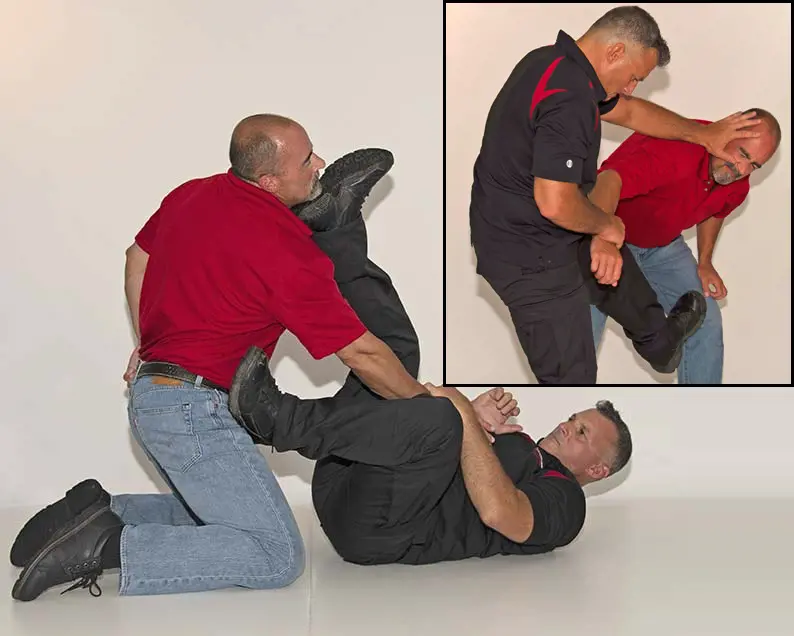
Defendu, a Close Quarters Combat System, is one of the modern styles of martial arts established prior to World War II by William E. Fairbairn and Eric A. Sykes.
It is a combative hand-to-hand system established to educate the Shanghai Municipal Police that combines practical experience with Jujutsu and boxing.
During World War II, it was enlarged and taught to personnel of the Office of Strategic Services and the Special Operations Executive.
It is intended to be simple and straightforward to learn, with an emphasis on methods that are likely to be beneficial in real-world self-defense scenarios.
20. Capoeira
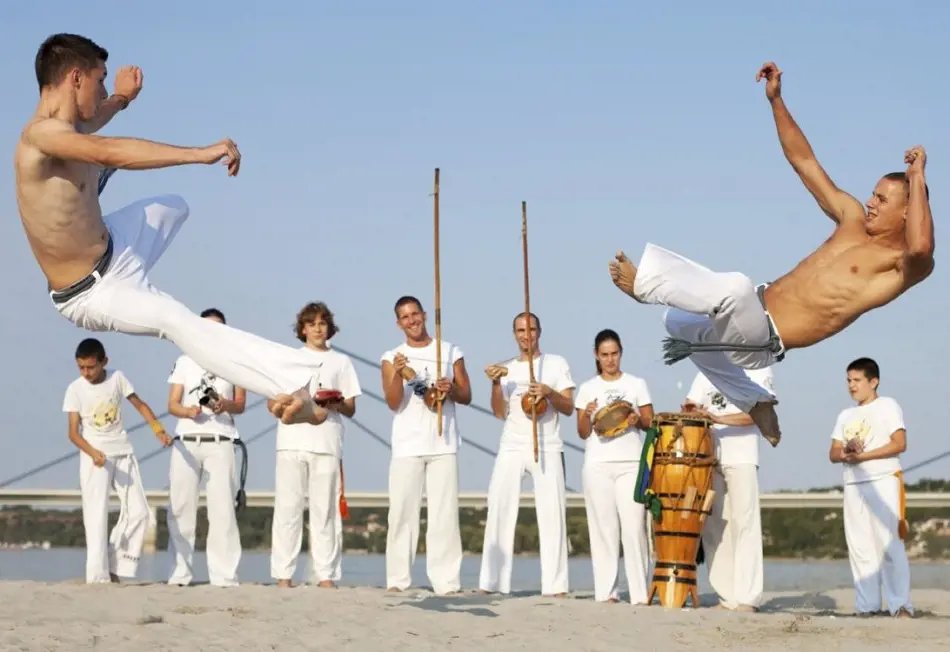
Capoeira is a Brazilian martial art and game that combines dance, acrobatics, music, as well as spirituality.
It is famous for its acrobatic and intricate techniques, which frequently include hands on the ground and inverted kicks.
It focuses more on continuous movements over rigid stances, with the Ginga, a rocking stride, serving as the technique's focal point.
Though commonly described as a martial art disguised as a dance, capoeira serves as a measure of self-defense as well as a means of maintaining spirituality and culture.
Capoeira has been practiced for generations by Black Brazilians for ages. Its origins are uncertain, although it was first mentioned in a legal document in 1789 under the name Capoeira Gem.
21. Canne De Combat
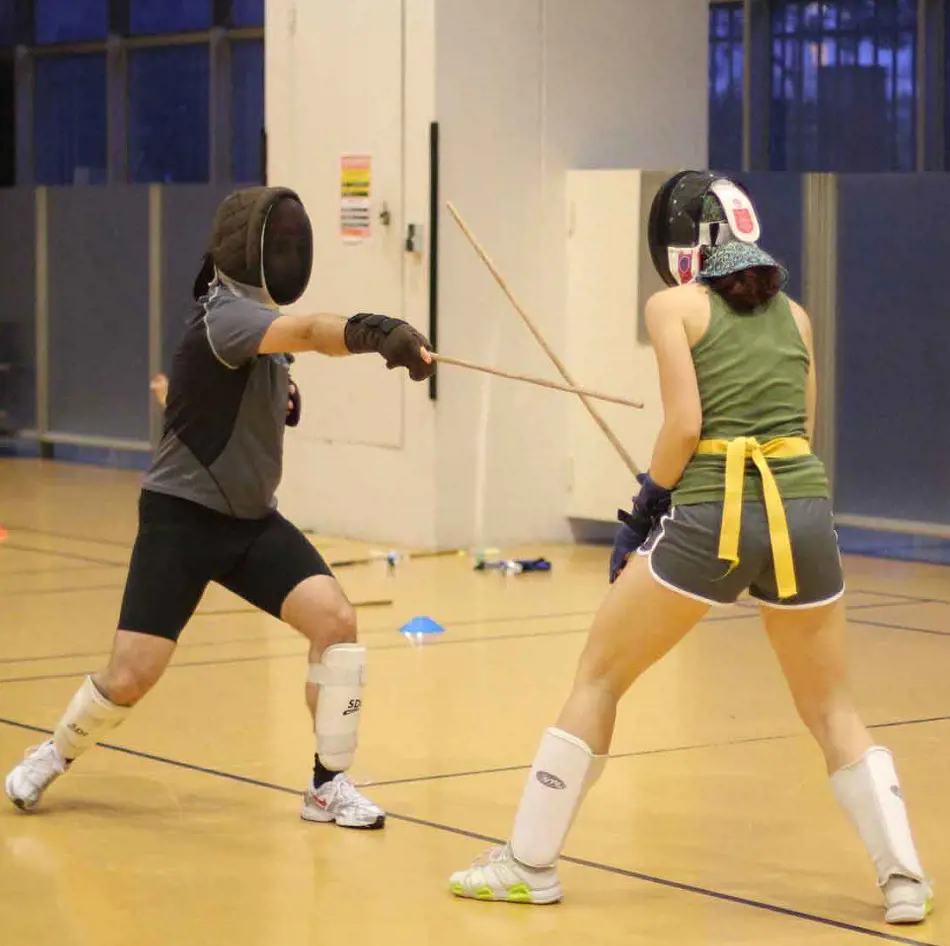
Canne de combat is a French combat sport in which a cane, a 95-centimeter-long chestnut stick, is used.
The two oppositions, known as "shooters," face off in a set space, the combat area, and during a specified time frame, the match. The object of the game is to hit your opponent with the cane while avoiding being hit yourself.
Maurice Sarry developed cannon de combat for sporting competition in the 1970s. For protection, a padded suit and a fencing mask are worn.
22. Bokator

Bokator is a battlefield combat style practiced by the ancient Khmer military in Cambodia. It is one of the oldest fighting methods in existence.
According to oral tradition, bokator was the close-quarter combat method utilized by ancient Cambodian troops prior to the establishment of Angkor.
A widespread misunderstanding is that bokator refers to all Khmer/Cambodian martial arts, but in fact, it only refers to one type.
23. American Kenpo
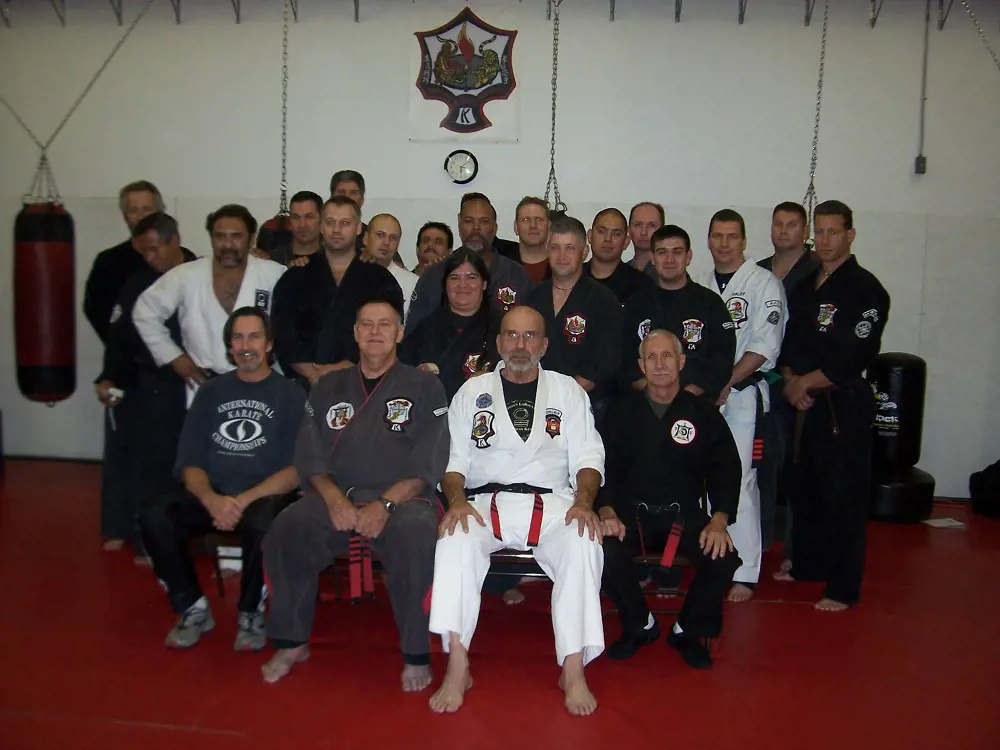
Ed Parker established and standardized American Kenpo Karate, which can be referred to as American Kenpo or Ed Parker's Kenpo Karate. It is a synthesis of Japanese and Okinawan martial arts such as karate, kenpo, and judo, as well as Chinese martial arts.
Parker did not appoint a successor as Senior Grandmaster, instead entrusting his senior students to carry on his teachings in their own ways.
American Kenpo is a self-defense style that emphasizes practical methods that may be employed in real-world circumstances.
24. Combatives
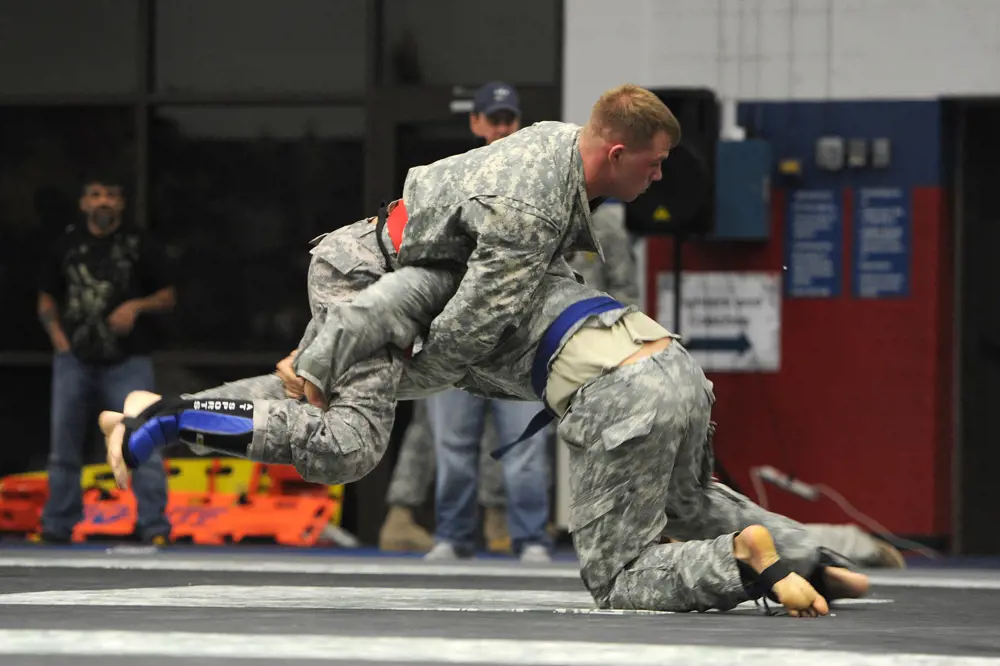
Combatives are hand-to-hand combat systems that are generally utilized by members of the military, law enforcement, or other groups such as security or correctional officers.
Combatives are based on martial arts but are not separate disciplines.
In January 2008, the US Modern Army Combatives Program was adopted as the foundation for the US Air Force Combatives Program.
Combative training has also been conducted outside of the United States military, such as at Kansas State University, which ran a training program for two and a half years before closing it down in 2010.
25. Defendo
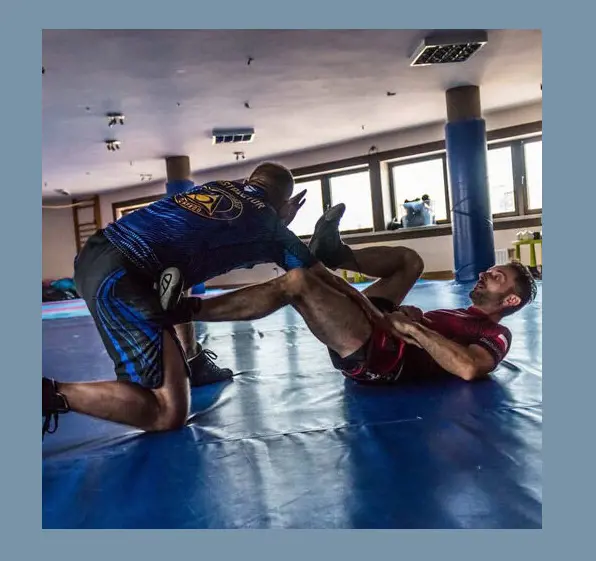
Defendo is a Canadian military martial art and self-defense method developed by experienced instructors during WWII for law enforcement structures.
Combato was founded by Underwood in 1910 when he was 15 years old. He taught a "non-boxing or wrestling" unarmed combat system in Montreal, Quebec, and Toronto, Ontario.
Underwood was the first to bring Defendo out of the military and teach it to the general people, and it developed in popularity as a result of his efforts.
26. Sambo
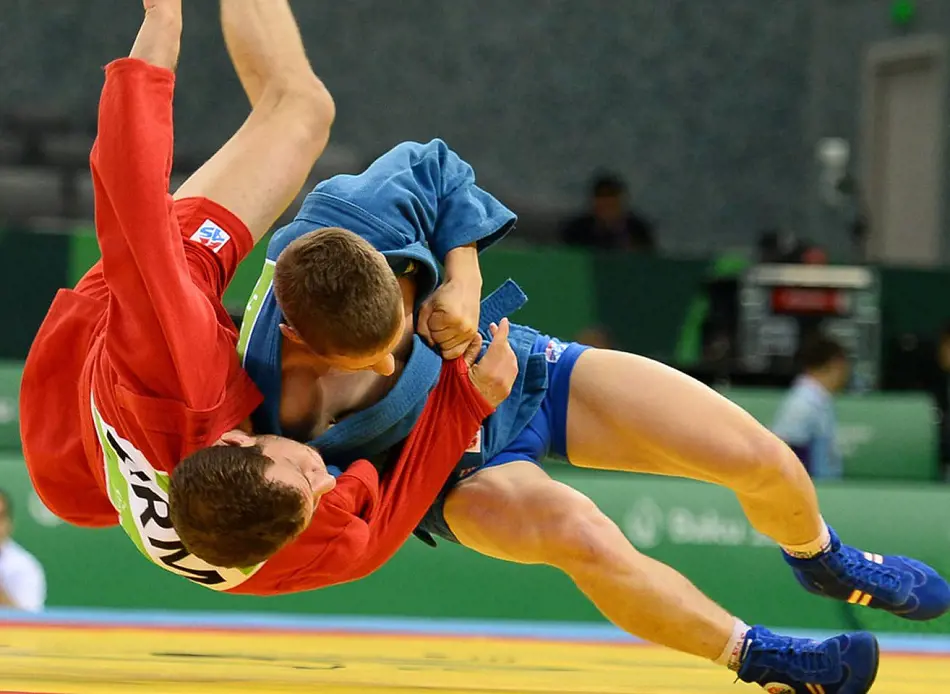
Sambo is a martial art with Soviet origins, a globally practiced combat sport, and a recognized amateur wrestling style featured in the World Wrestling Championships by UWW alongside Greco-Roman wrestling and freestyle wrestling.
Sambo is a relatively young martial art, having been developed in the early 1920s by the Soviet NKVD and Red Army to improve the hand-to-hand combat ability of their personnel.
It was designed to combine the best effective techniques from several martial systems.
27. Lucha Canaria

Canarian wrestling is a type of folk wrestling that originated in the Canary Islands and is known as Lucha Canaria.
Wrestlers begin in the center of a sand circle known as a Terrero. The goal is for their opponent to contact the sand with any part of their body other than their feet.
To accomplish this, they employ several methods known as mañas to throw their opponent off balance. A fight must be won by two falls. When all of the members of one team are defeated, the match is over.
28. Qwan Ki Do
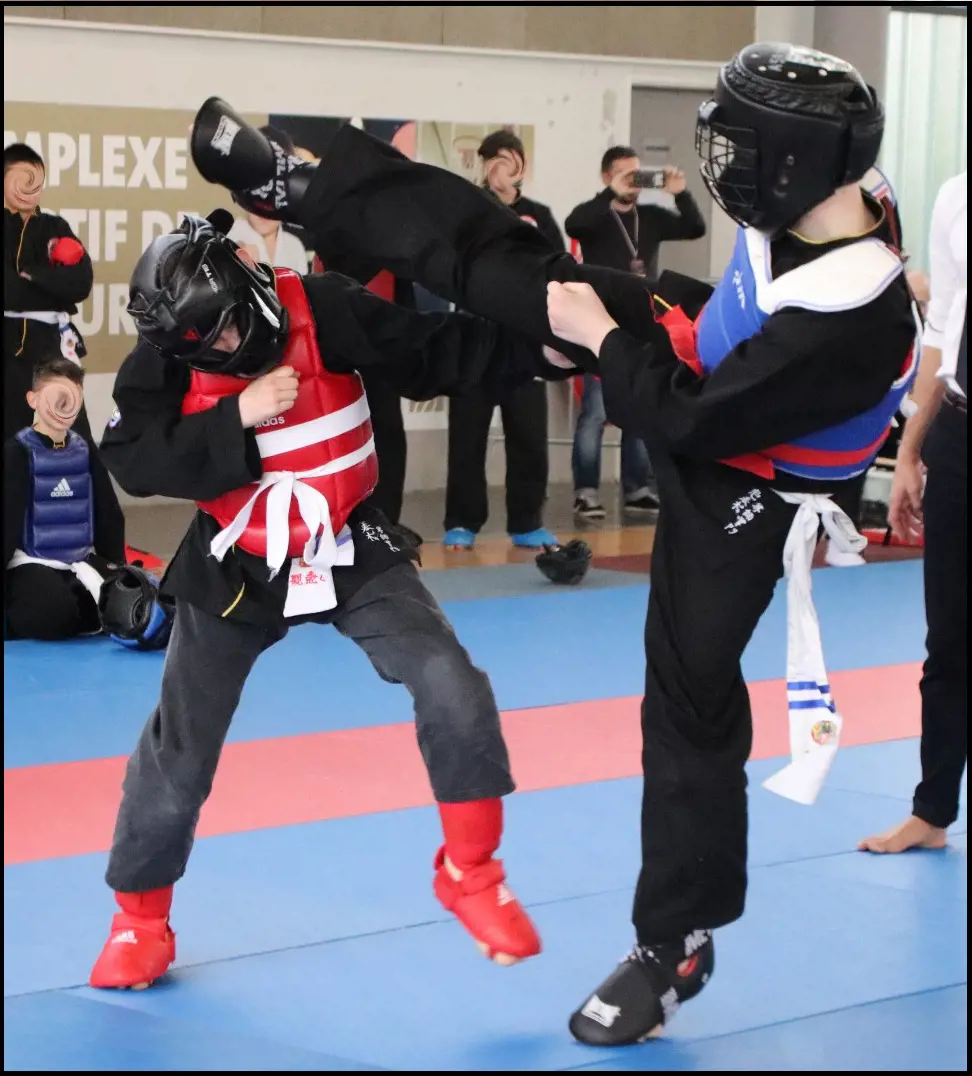
Qwan Ki Do, also known as Quán Kho in Vietnamese, is a Vietnamese martial art formalized in France in 1981. Qwan Ki Do is practiced worldwide, including schools in Asia and Europe.
The practice incorporates weapons and hand-to-hand tactics, with maneuvers mixed in both codified combinations, Thao Quyen, and freeform settings.
The traditional sword technique of Viet Lon Guom is among the weapon moves.
Practitioners can advance through three levels: So Dang, Trung Dang, and Thuong Dang, or Nhap Man, Trung Man, and Dai Man, at which time they wear various colored belts.
Also, to increase physical characteristics such as strength and flexibility in adults, the activity has been found to promote good mental health in youngsters.
29. Kajukenbo
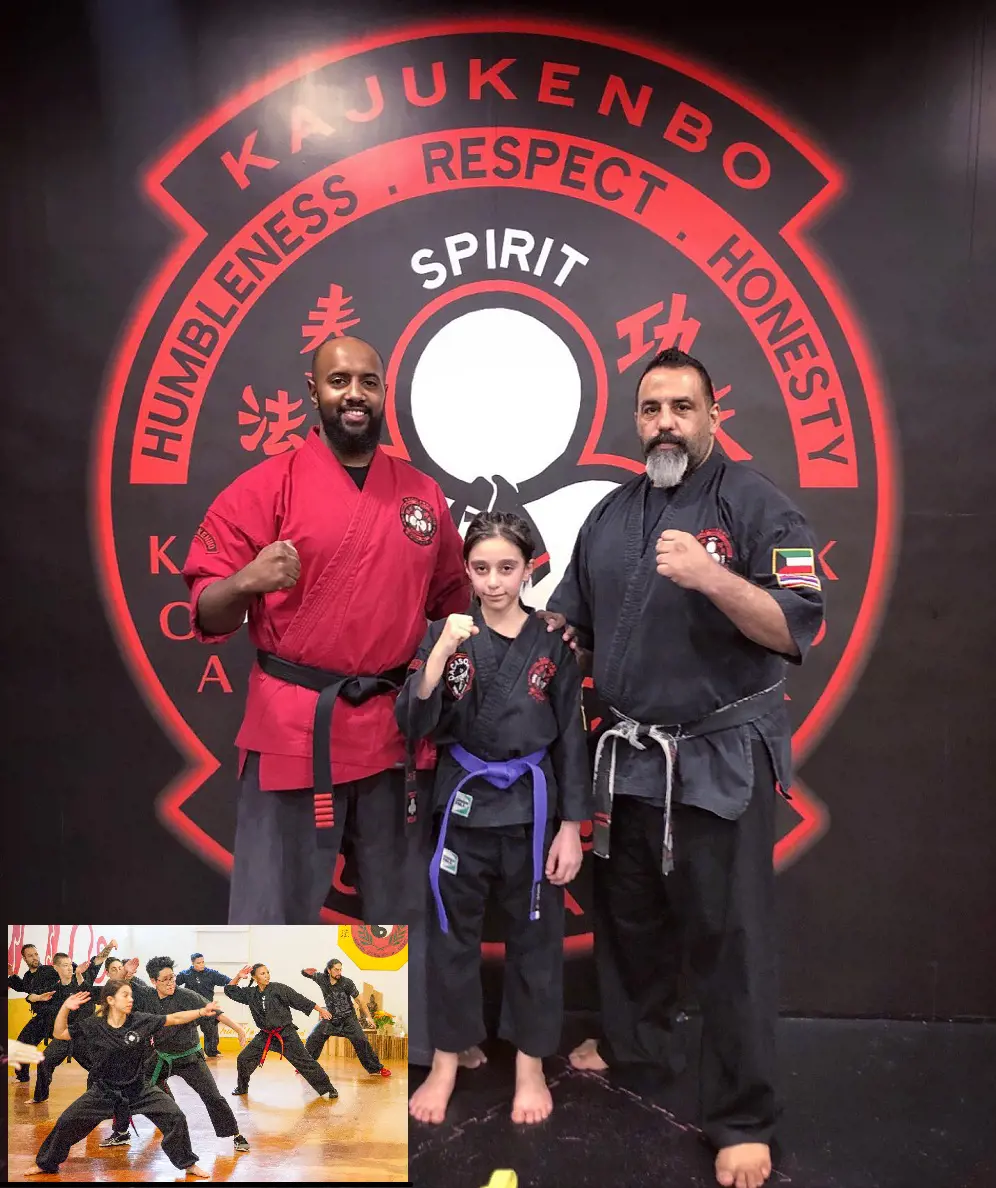
Kajukenbo is a Hawaiian hybrid martial art. It was formed in 1947 in the Palama Settlement on Oahu, Territory of Hawaii, in the late 1940s.
Kajukenbo training includes a variety of techniques like striking, kicking, throwing, takedowns, joint locks, and weapon disarming.
It is now practiced in many different forms all over the world.
In contrast to many traditional martial arts, pupils are encouraged to develop their "expression" of the discipline after mastering the technique rather than mimicking the instructor.
30. Limalama
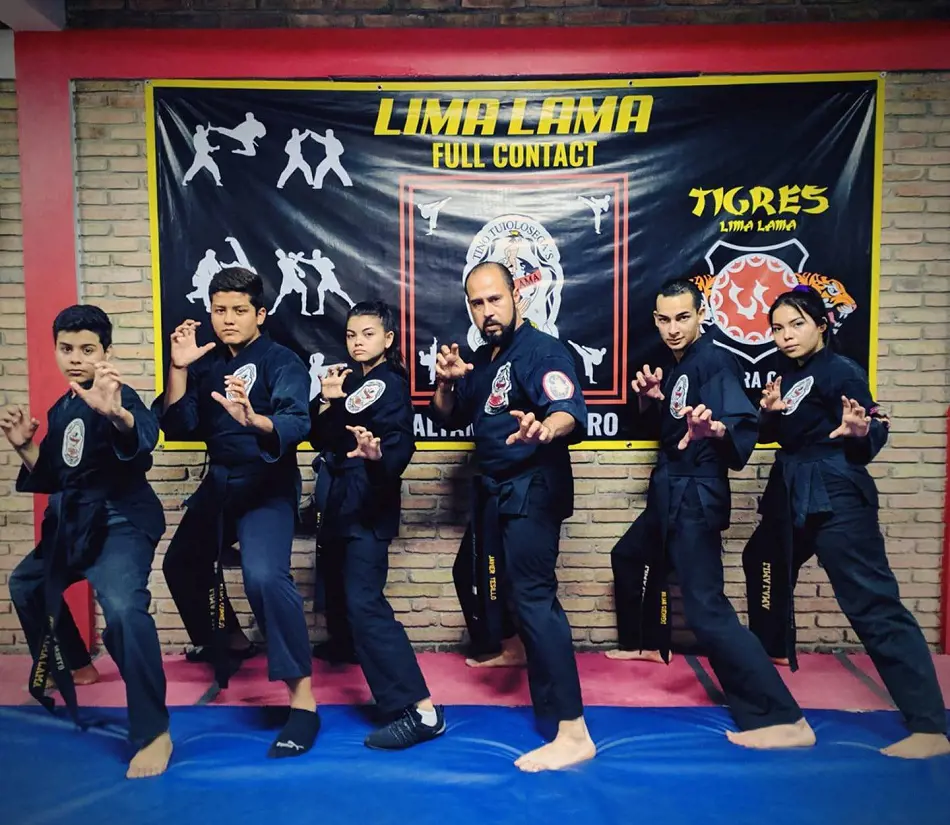
Tu'umamao "Tino" Tuiolosega invented and founded Limalama, a Polynesian art of self-defense. Tuiolosega developed the term "Limalama" as a combination of the Samoan terms lima, which means hand, and malamalama, which means understanding.
Tuiolosega described Limalama as "knowledge and understanding," and it was translated as "hand of wisdom" by Tuiolosega.
